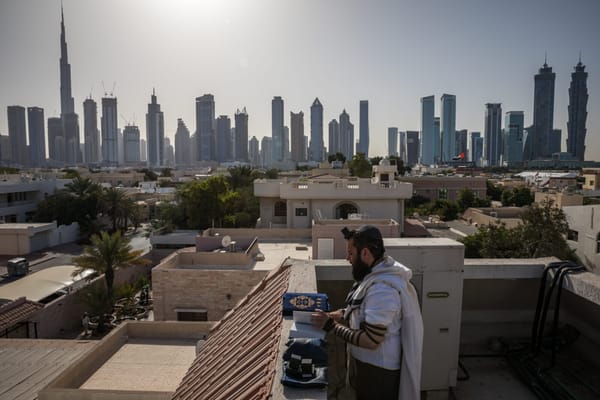New Lands Irrigation
Once irrigated and lush but now barren, the Mesopotamian plain circling the ruins of Gilgamesh’s Uruk makes present day calls for food security via vast new irrigation projects appear shortsighted. Irrigation today suffers the same problems as in ancient times -- salt buildup in the soil, collapsing










